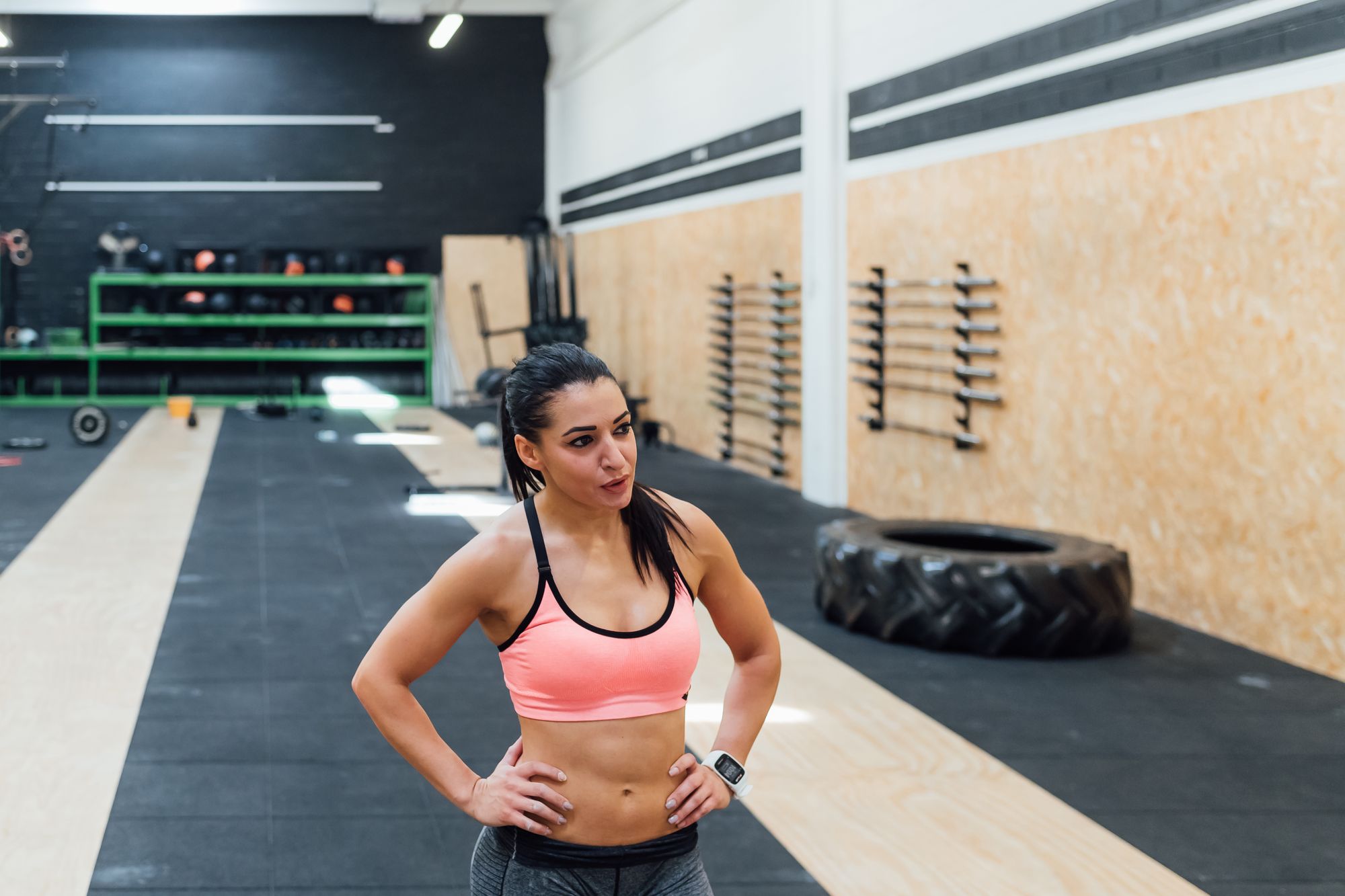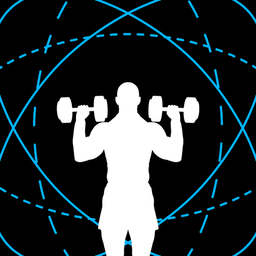How to Apply Stretch Mediated Hypertrophy to Your Training for More Gains
Stretch-mediated hypertrophy gives you more muscle growth. But how can you apply it to your training in a safe and sensible way? Here are 3 tips.

Based on the current scientific literature, it’s likely that emphasizing the stretch in your exercises (i.e., challenging your muscles when they’re in a lengthened position) will give you more gains.
Catch up on what we know here:

A slightly unfortunate result of that?
Many have since tapped into their creativity and come up with all sorts of novel, “stretch-mediated hypertrophy exercises” that look like a poor imitation of a circus act at best, and a recipe for serious injuries at worst.
If you wish to safely leverage stretch-mediated hypertrophy in your training without getting:
- Labeled as “that person who’s always doing ‘new, ding-dong-dudu’ exercises” (A word for word quote from someone’s comment on IG, FYI) or
- Sent to the A&E because you tore something from over-emphasizing the stretch
… this article is for you.
How does stretch-mediated hypertrophy work?
The short answer is that researchers don’t even know themselves.
And the long answer is that they think it might be because lengthened partials:
- Increases total tension: Mechanical tension is the primary driver of muscle growth. So, by increasing the amount of tension your muscles experience in a rep, lengthened partials create extra growth.
- Better stimulates the distal portions of our muscle fibers: “Distal” simply means a part of the body that is farther away from the center of the body than another part. It’s thought that lengthened partials are better at activating the oft-neglected distal portions of our muscle fibers (compared to the “traditional” full ROM training) — helping build longer, fuller muscles.
Applying stretch-mediated hypertrophy to your training
Ultimately, if you’re simply trying to maximize muscle growth instead of pursuing a bachelor’s or PhD in Exercise and Sports Science, why stretch-mediated hypertrophy works doesn’t matter as much as the fact that it does.
So, let’s talk about how you can apply it to your training.
#1: Focus on the stretch
There’s no need to reinvent the wheel that is your training plan.
You don’t even need to do new exercises. Just take your current exercises and prioritize the stretch by:
Slowing down
Don’t bounce out of your reps.
Instead, do everything nice and slow. Pause for 1-2 seconds where your target muscles are most lengthened — e.g., the bottom position of the squats (quads) and Romanian deadlifts (hamstrings) — before completing the rep.
Enjoy the stretch.
Going as deep as you safely can
An over-simplification of this tip is to aim for a longer range of motion.
For example, instead of going just reversing the motion once you hit parallel on the barbell back squat, try going a little deeper if you can.
If you can’t, spend some time understanding why; is it a lack of ankle mobility? Or hip mobility? Work on those so you can achieve greater depth. The same goes for all exercises.

This doesn’t just apply to free weights.
You could also gradually increase your range of motion on machine exercises by adjusting their settings. For example, you could shift the arm lever adjustments on the machine chest flies. (As always, don’t overdo it. Please apply common sense.)

#2: Make use of positioning
Beyond simply focusing on the stretch, you could also tweak your body position on select exercises to leverage stretch-mediated hypertrophy.
Here are a few examples:
#3: Use quarter reps
The final tip to applying stretch-mediated hypertrophy to your training: quarter reps.
To quickly quell any doubt, the “quarter” refers to the bottom range of the rep.
The good thing is that you could do quarter reps with practically any exercise that challenges your muscles most in the stretched position.
That’ll include all squats (e.g., Bulgarian split squats — as if they weren’t so much fun already; yes, that’s sarcasm), deadlifts, chest flies, etc.
The bad thing, though, is that they’re painful. Torturous.
I mean, just look at 5x Classic Physique Mr. Olympia, Chris Bumstead, doing these “1+1/4” hack squat reps:
Shivers.
Always take care of the big picture first
Here’s the thing.
TBH, you don’t have to apply stretch-mediated hypertrophy to your training if you don’t want to. This is especially so if you’re a beginner.
If you’re just starting out, simply following a well-designed workout plan and fueling your body right (with enough calories and protein, most importantly) will give you amazing results.
Start from the big picture, then zoom into the details when it matters.
What’s that? You’re looking for a training + nutrition plan that’s tailored to your fitness goal, lifting experience, dietary preferences, and more? Ooooh, do we have good news for you. *rubs hands in glee*
GymStreak is an AI-powered workout + nutrition planner and tracker, all rolled into one that’s designed to not only help you get started on your fitness journey quickly but also achieve your dream physique in as little time as possible.
Here’s a sneak preview of the app:
Workout Programming + Nutrition Tracking, Off Your Hands
*sigh of relief* We'll guide you through it all — step-by-step. Just download the app, and you'll be making progress toward your dream body like never before.
References
Pedrosa, Gustavo F., et al. “Training in the Initial Range of Motion Promotes Greater Muscle Adaptations Than at Final in the Arm Curl.” Sports, vol. 11, no. 2, Feb. 2023, p. 39. PubMed Central, https://doi.org/10.3390/sports11020039.
Wackerhage, Henning, et al. “Stimuli and Sensors That Initiate Skeletal Muscle Hypertrophy Following Resistance Exercise.” Journal of Applied Physiology, vol. 126, no. 1, Jan. 2019, pp. 30–43. journals.physiology.org (Atypon), https://doi.org/10.1152/japplphysiol.00685.2018.
Warneke, Konstantin, et al. “Physiology of Stretch-Mediated Hypertrophy and Strength Increases: A Narrative Review.” Sports Medicine (Auckland, N.z.), vol. 53, no. 11, 2023, pp. 2055–75. PubMed Central, https://doi.org/10.1007/s40279-023-01898-x.


